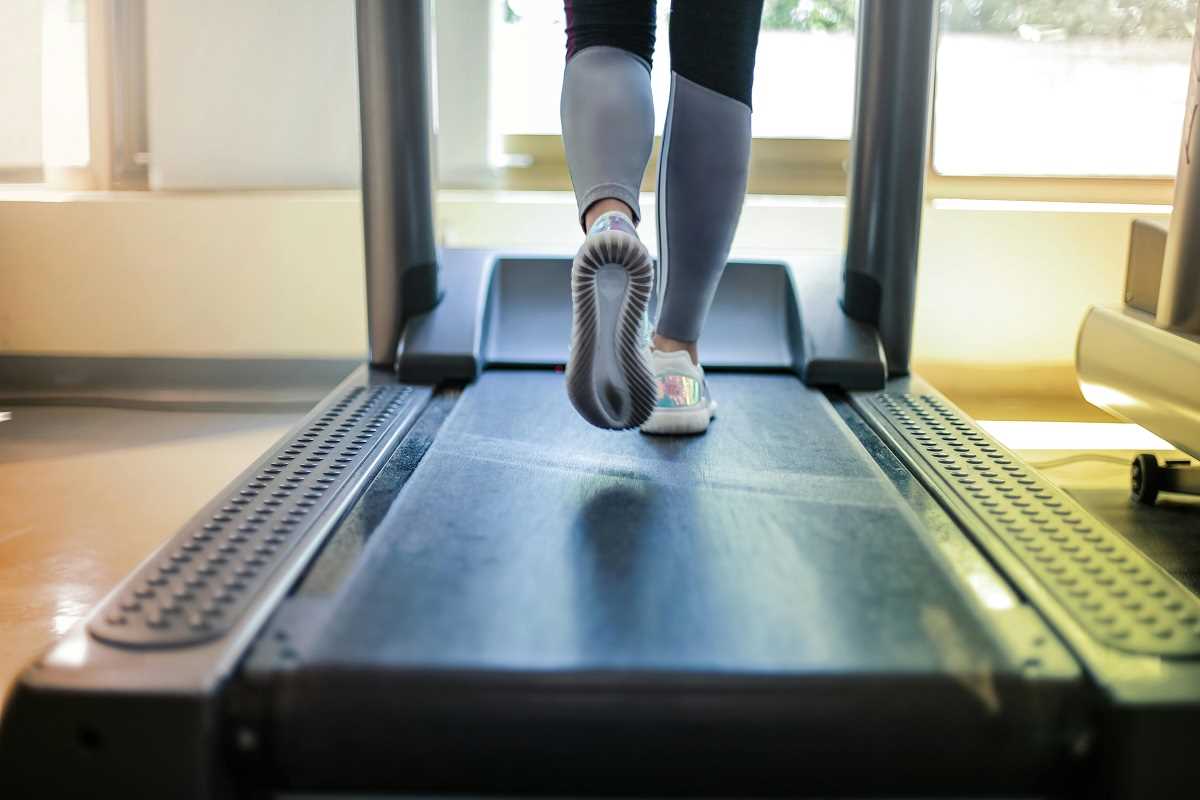Top sprinters are always on the hunt for innovative training techniques to gain an advantage on the track. Advanced treadmill workouts have solidified their place in the training regimens of elite athletes by providing a consistent and adaptable environment to refine their speed, stamina, and form. These sessions mimic the intensity of race scenarios and enable athletes to make exact modifications, proving essential for those focused on surpassing their personal bests and setting new standards in their sport. Such workouts offer a unique opportunity to push boundaries and achieve remarkable athletic feats.
Benefits of Treadmill Workouts for Sprinters
- Controlled Environment: Adjust speed and incline to mimic race conditions without external variables like weather or terrain.
- Precision Training: Monitor and modify workout parameters to target specific aspects of your sprinting performance.
- Reduced Injury Risk: Softer treadmill surfaces can lessen the impact on joints compared to hard outdoor tracks.
- Consistent Performance Tracking: Utilize built-in metrics to track progress and make informed training decisions.
- Versatility: Incorporate various workout types, from sprints to endurance runs, all on a single piece of equipment.
Understanding Your Treadmill
To maximize the benefits of treadmill training, understanding the features and settings your machine offers is essential. Modern treadmills come with a range of options that can fit your specific training needs. Familiarize yourself with the speed controls, incline adjustments, and pre-programmed workouts to create a versatile training regimen.
Advanced models also include heart rate monitors, customizable workout plans, and connectivity features that allow you to track your progress over time. By mastering these settings, you can create workouts that closely replicate your race conditions, ensuring that each training session contributes to your overall performance goals.
10 Advanced Treadmill Workouts
- High-Intensity Interval Training (HIIT): Alternate between maximum sprinting and active recovery periods to boost your anaerobic capacity.
- Hill Sprints: Increase the incline to simulate uphill sprinting, enhancing leg strength and power.
- Tempo Runs: Maintain a challenging but sustainable pace to improve your lactate threshold.
- Pyramid Intervals: Gradually increase and then decrease sprint durations to build endurance and speed consistency.
- Fartlek Training: Mix steady pacing with random bursts of speed to develop both aerobic and anaerobic systems.
- Stride Outs: Focus on longer, relaxed sprints to improve stride length and running efficiency.
- Progressive Runs: Slowly increase your speed throughout the workout to train your body to finish strong.
- Recovery Jogging: Include easy-paced jogs between sprints to facilitate active recovery.
- Speed Endurance: Run at a high intensity for extended periods to build stamina and maintain maximum speed.
- Reaction Drills: Include sudden starts and stops to enhance your reaction time and agility.
Integrating Workouts into Your Routine
Consistency plays a crucial role when it comes to training with advanced treadmill workouts. Start by scheduling your workouts to cover all necessary aspects of sprint training, including speed, endurance, and recovery. Balance high-intensity sessions with lower-intensity workouts to prevent overtraining and allow your body to recover effectively.
Consider alternating between different types of workouts throughout the week. For example, focus on HIIT on Mondays, hill sprints on Wednesdays, and tempo runs on Fridays. This variation targets different muscle groups and energy systems, promoting well-rounded athletic development.
Cross-Training and Complementary Exercises
While treadmill workouts remain invaluable, incorporating cross-training can further enhance your sprinting performance. Activities like strength training, plyometrics, and flexibility exercises support muscle development and injury prevention. Integrating interval cycling workouts can improve your VO2 max, enhancing your aerobic capacity and overall endurance.
Yoga and stretching routines aid in maintaining flexibility and reducing muscle tension, which proves crucial for optimal sprinting form. By blending these complementary exercises with your treadmill training, you create a more comprehensive and effective training program.
Safety and Precautions
Even with the advantages of treadmill training, prioritizing safety remains essential to prevent injuries. Always begin your workouts with a proper warm-up to prepare your muscles and joints for intense activity. Gradually increase the speed and incline to avoid overexertion.
Pay attention to your body’s signals. If you experience pain or excessive fatigue, take a break and consult with a fitness professional or healthcare provider. Ensure that your treadmill is well-maintained and use appropriate footwear to provide the necessary support and cushioning during your workouts.
Incorporate advanced treadmill workouts to boost your sprinting performance by mastering equipment and balancing workouts with cross-training. Implement these strategies today to enhance speed and endurance, and explore detailed plans to accelerate progress.
 (Image via
(Image via





